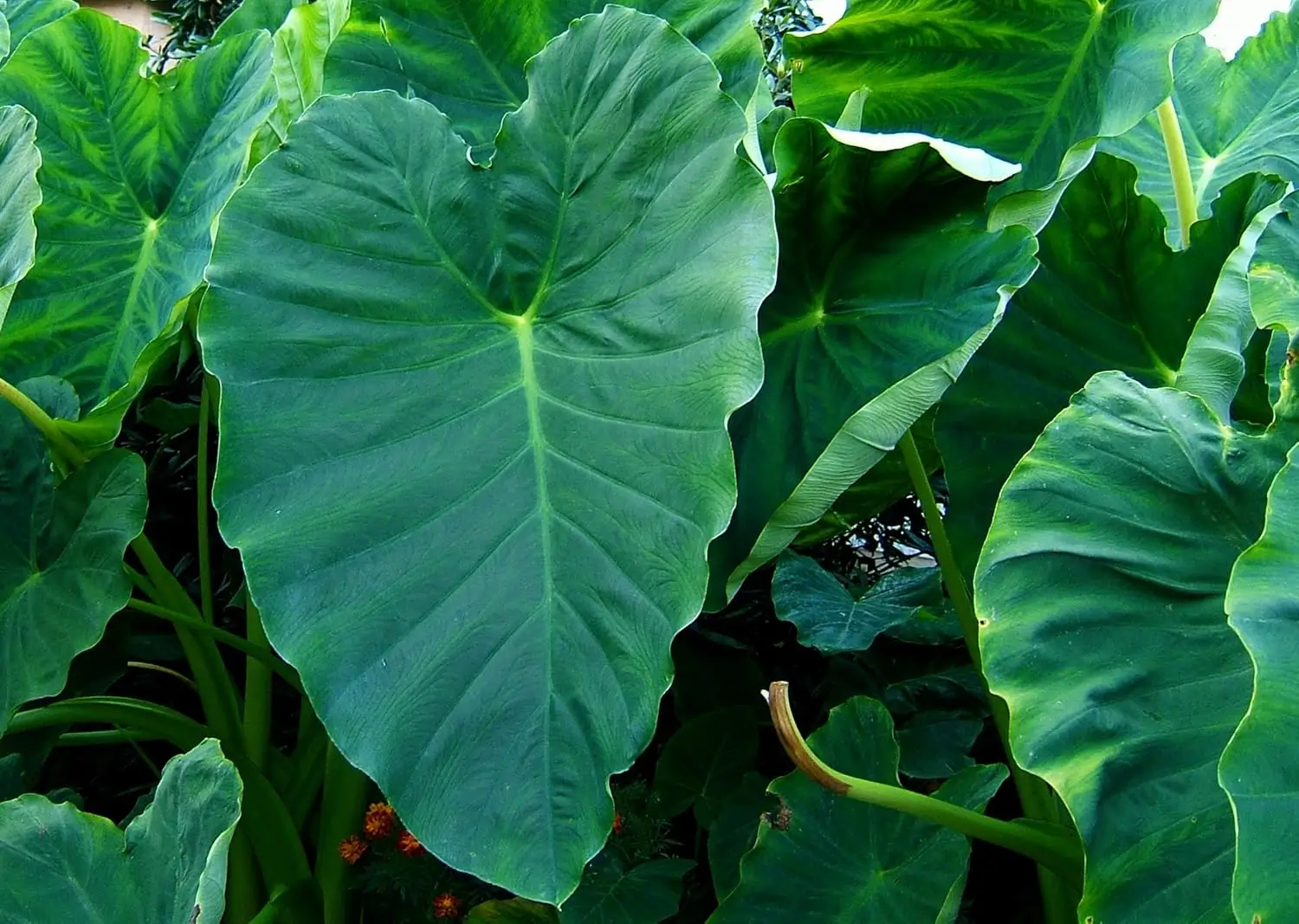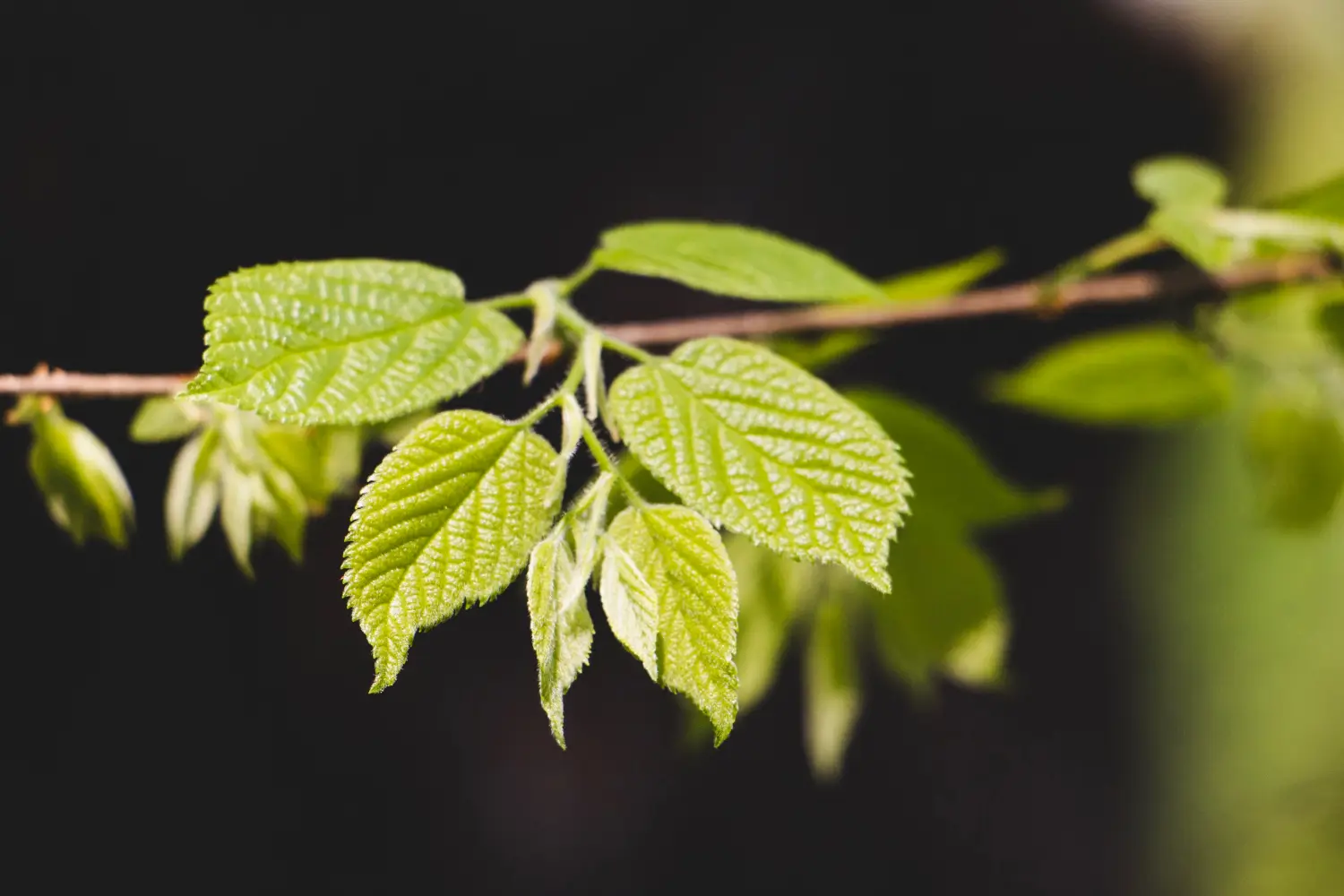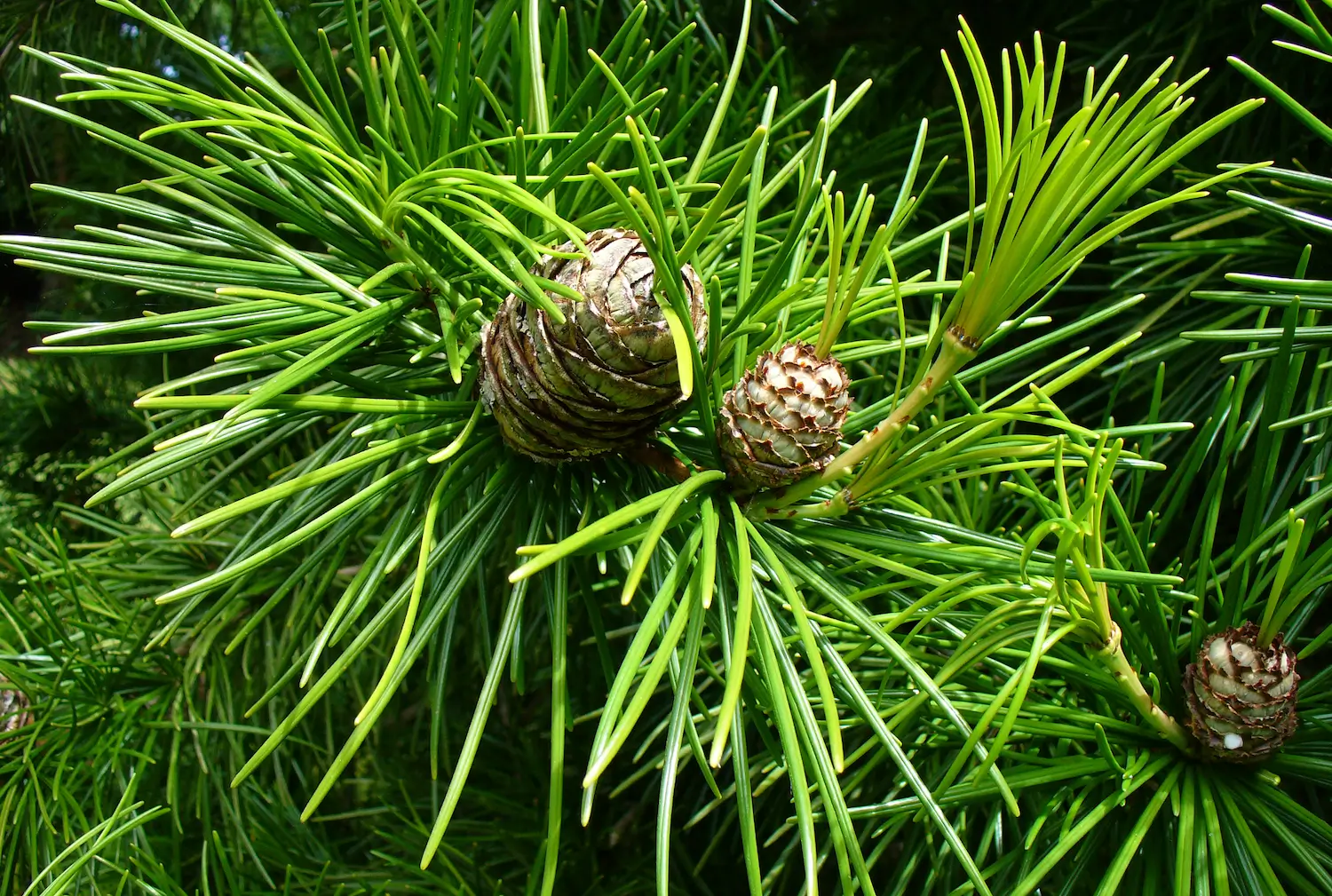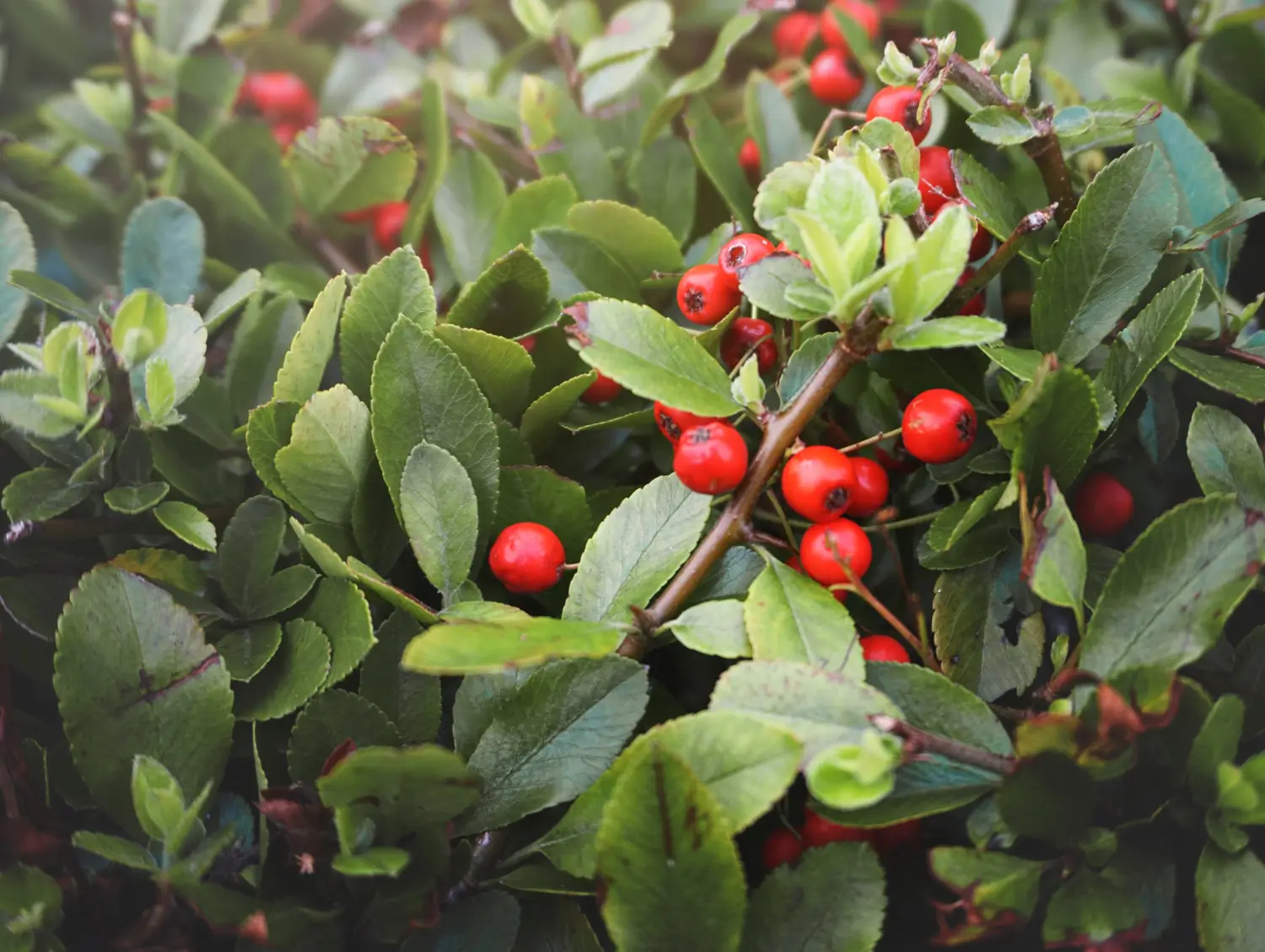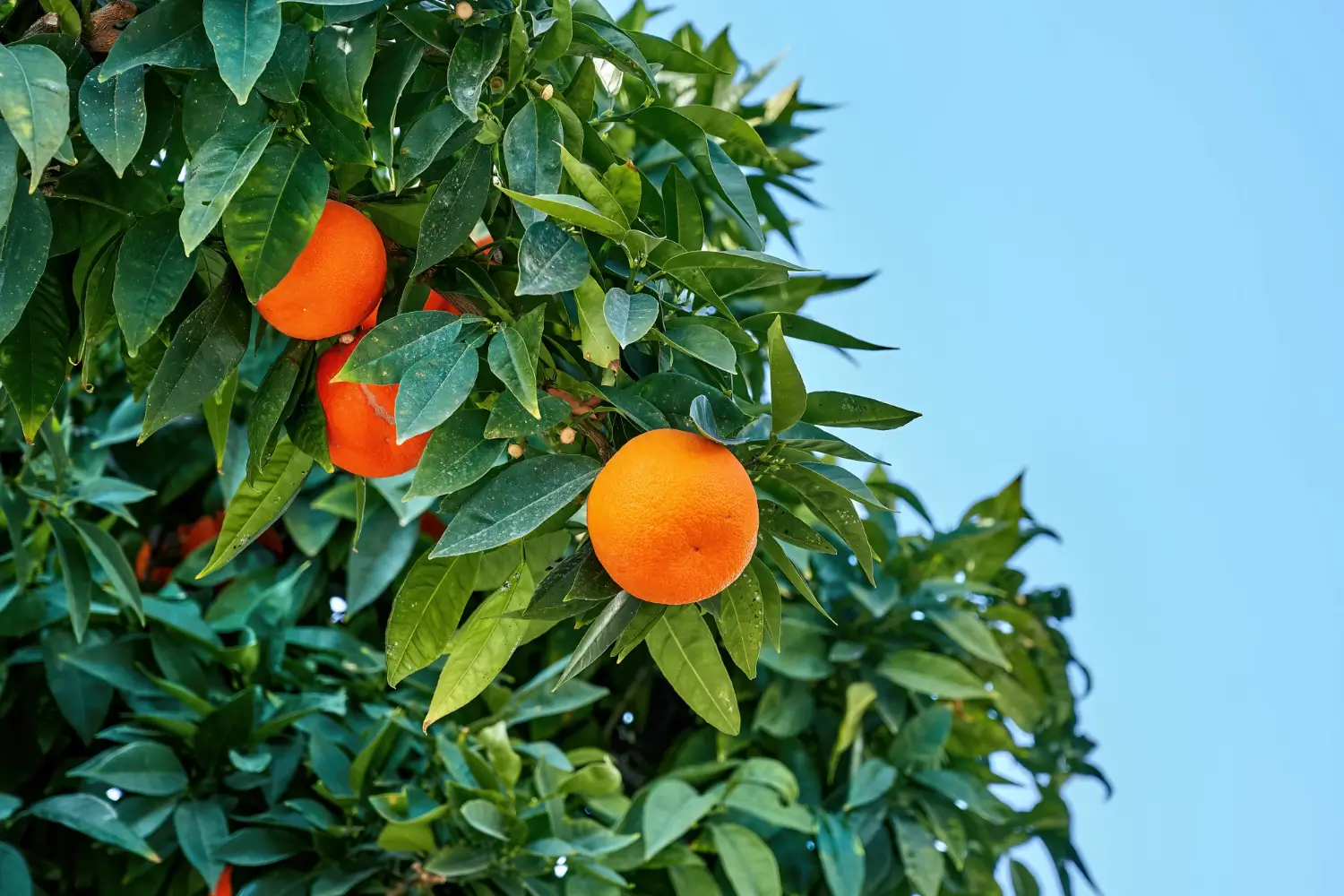
Soil Health & Fertilization
We unite suppliers and green industry professionals worldwide
Abelia is a favorite among gardeners looking for year-round interest with minimal fuss. This plant effortlessly combines grace with flexibility and fragrant flowers. Because it requires little care and produces flowers for a long duration, it has been lov
By Mariam Scott
|Published on July 06, 2025
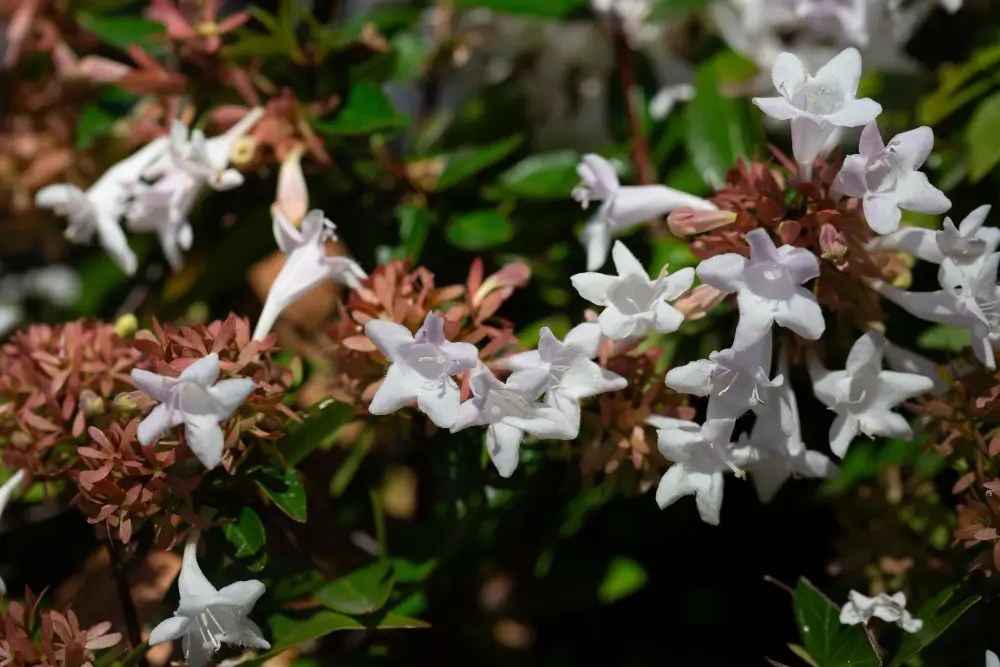

Did you know Abelia shrubs not only bloom for months but also change leaf color with the seasons—giving you flowers and fall foliage in one plant?
That’s just one reason why Abelia is a favorite among gardeners looking for year-round interest with minimal fuss. This plant effortlessly combines grace with flexibility and fragrant flowers. Because it requires little care and produces flowers for a long duration, it has been loved by gardeners for a long time from its origin in East Asia and Mexico. Abelia is also a garden beautifier and serves as an ecological asset due to its glossy green leaves that appear magnificent when they transform into a rich scarlet tint in the fall along with its petite tubular flowers that attract pollinators like bees and butterflies.
For your needs, Abelia is versatile enough to be used as a specimen plant. This shrub can thrive in various types of environments and serves well to those wishing to add intrigue, scent, and color to their landscapes. Additionally, it requires little care. This also blooms profusely over the summer into the fall season. It is easy to care for and propagate. Everything you need to know to look after and propagate Abelia is here.
| Common Name | Abelia spp. |
| Botanical Name | Abelia |
| Type | Hardy deciduous or semi-evergreen shrub |
| Height | 3 to 6 feet (varies by cultivar) |
| Light Requirements | Full sun to partial shade (6+ hours preferred for best blooms) |
| Soil Requirements | Well-draining, neutral to slightly acidic (pH 6.0–7.5) |
| Watering Requirements | Moderate; drought tolerant once established |
| Hardiness Zones | 5–9 (USDA) |
| Bloom Time | Summer through fall (fragrant tubular flowers, white to light pink) |

September 25, 2025
9 minute read
September 24, 2025
9 minute read
September 23, 2025
10 minute read
September 22, 2025
9 minute read


Join as a seller and connect with thousands of B2B buyers nationwide!
Sign Up
Abelia is a low-maintenance shrub that thrives with just a bit of attention. Plant it in spring or early fall to give roots time to establish. It prefers sunny locations, but adapts well to partial shade. Once established, it tolerates drought, though regular watering encourages lush growth and abundant blooms.
Feed it with a balanced slow-release fertilizer in early spring and again in mid-summer to support flowering. Prune annually to maintain shape and promote bushier growth. Whether grown in beds or containers, Abelia rewards even minimal care with seasonal beauty and pollinator-friendly flowers.
Abelia performs best in full sun as it is required for the blooming flowers. It will also do okay in partial shade, albeit with fewer blooms. Aim for six hours of direct sun a day to make sure there is effective flowering. It is a wonderful shrub and good option for many garden settings as it is full of vigor even in shaded areas.
Abelia is not very particular about soil types but does prefer neutral to slightly acidic soils, pH of 6.0 to 7.5. The most important factor is that the soil drains well because Abelia does not do well in wet conditions due to the possibility of root rot. While a somewhat healthy soil will help it adapt to almost every soil and help it flourish and reach its potential.
During the growing season, Abelia does best when watering is consistent, especially during dry periods. Although after Abelia is established, it is relatively drought tolerant. The soil should be kept moist, but not saturated, positioned to drown the roots. Well-draining soil can prevent root rot causing water to build up and becomes a problem if left unattended.
To keep Abelia in good shape, pruning is important for good development. If you are trying to shape the plant, it is best to cut it in late winter or early spring before the new growth starts, or after it has bloomed.
First remove any dead or damaged branches, then prune overgrown portions to create sufficient space for good air circulation. Doing this will not only make the plant look tidy, but most importantly, it will help the plants become bushy and bloom a lot for the next season.
Abelia is fairly easy to propagate, the easiest method being through cuttings.
Abelia is perfect for pot cultivation for those that have smaller gardens or less space.
Abelia is relatively hardy; however, some extra maintenance may be necessary in colder regions. In zones five and six, applying mulch late in the fall will help prevent roots from freezing. In extreme cold, consider some protective covering, like burlap, to shield the shrub from harsh winds and frost.
In warmer regions (zones 7–9), Abelia tends to survive the winter without additional protection, but a bit of mulch around the base can help during sudden cold periods.
During the summer till autumn, Abelia is best known for its stunning and sweetly fragrant, tubular flowers that grow in clusters. The blossoms, which are white or light pink, attract bees and butterflies. To aid the shrub in blooming profusely, ensure it is not overcrowded and has sufficient sunlight. It is also important to prune the plant frequently after it has flowered, this encourages fresh growth which will be flowering the following year.
Despite Abelia being an easy shrub to maintain, like any other plant there are a few problems with pests and diseases that can arise.
Abelia’s striking tubular flowers, graceful arching branches, and glossy foliage make it a standout in any landscape. Whether you're looking to create a colorful hedge, a vibrant border, or a charming container display, this resilient shrub delivers beauty from summer through fall with minimal effort. Its ability to thrive in a variety of conditions—full sun to partial shade, garden beds to pots—makes it an ideal choice for both novice and experienced gardeners.
Yes, Abelia can be grown in containers. For best results, place the pot in a sunny location and use a large pot with good drainage.
Abelia should be pruned in late winter or early spring so that fresh growth can take place. After the plant flowers, pruning will allow you to shape the plant as desired.
To increase the chances of having plenty of blooms, the plant should be in well drained soil, frequently pruned to encourage fresh growth, and allowed at least six hours of sunlight daily.

Soil Health & Fertilization
Victor Miller
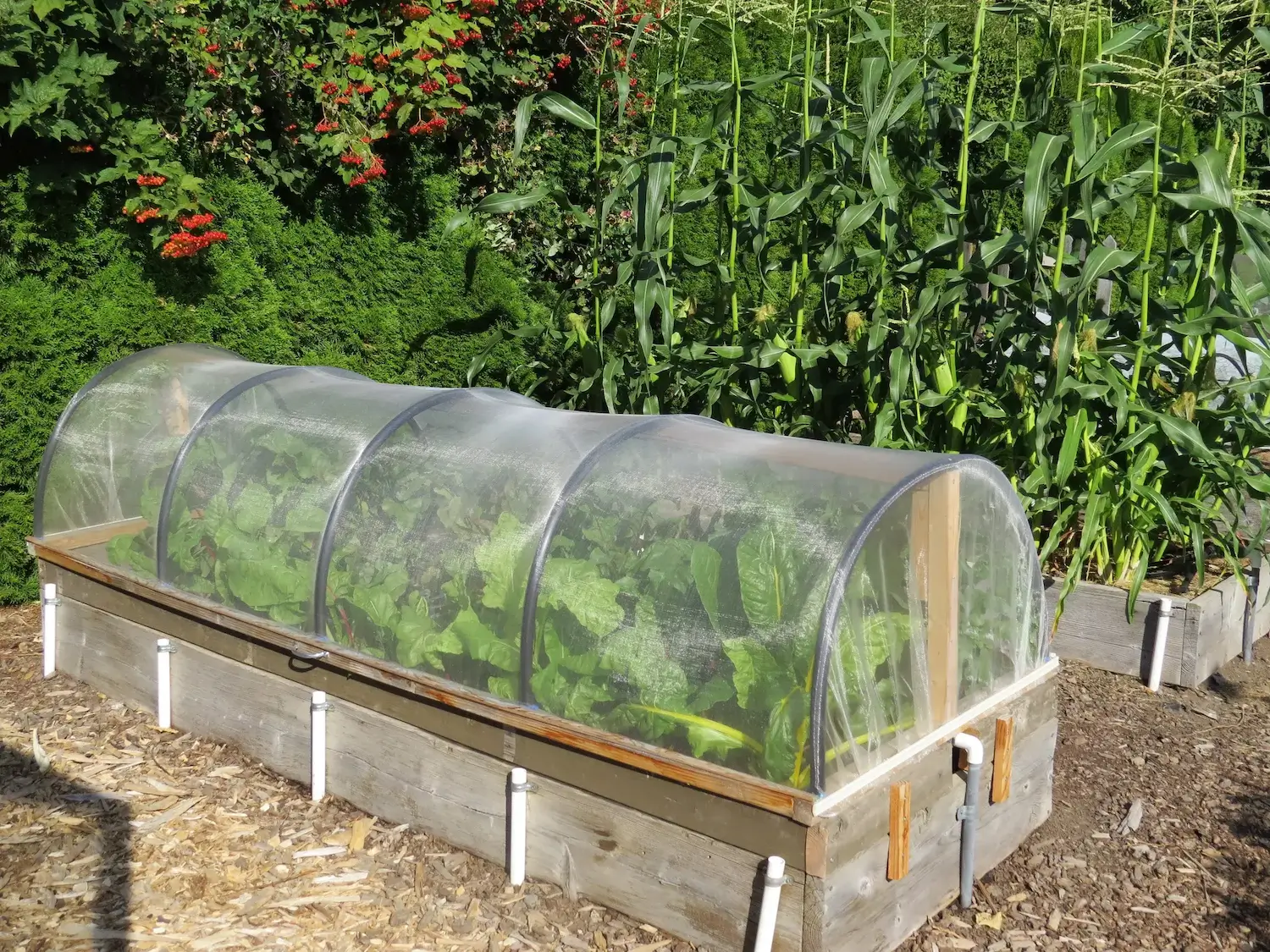
Pest Identification & Prevention
Victor Miller
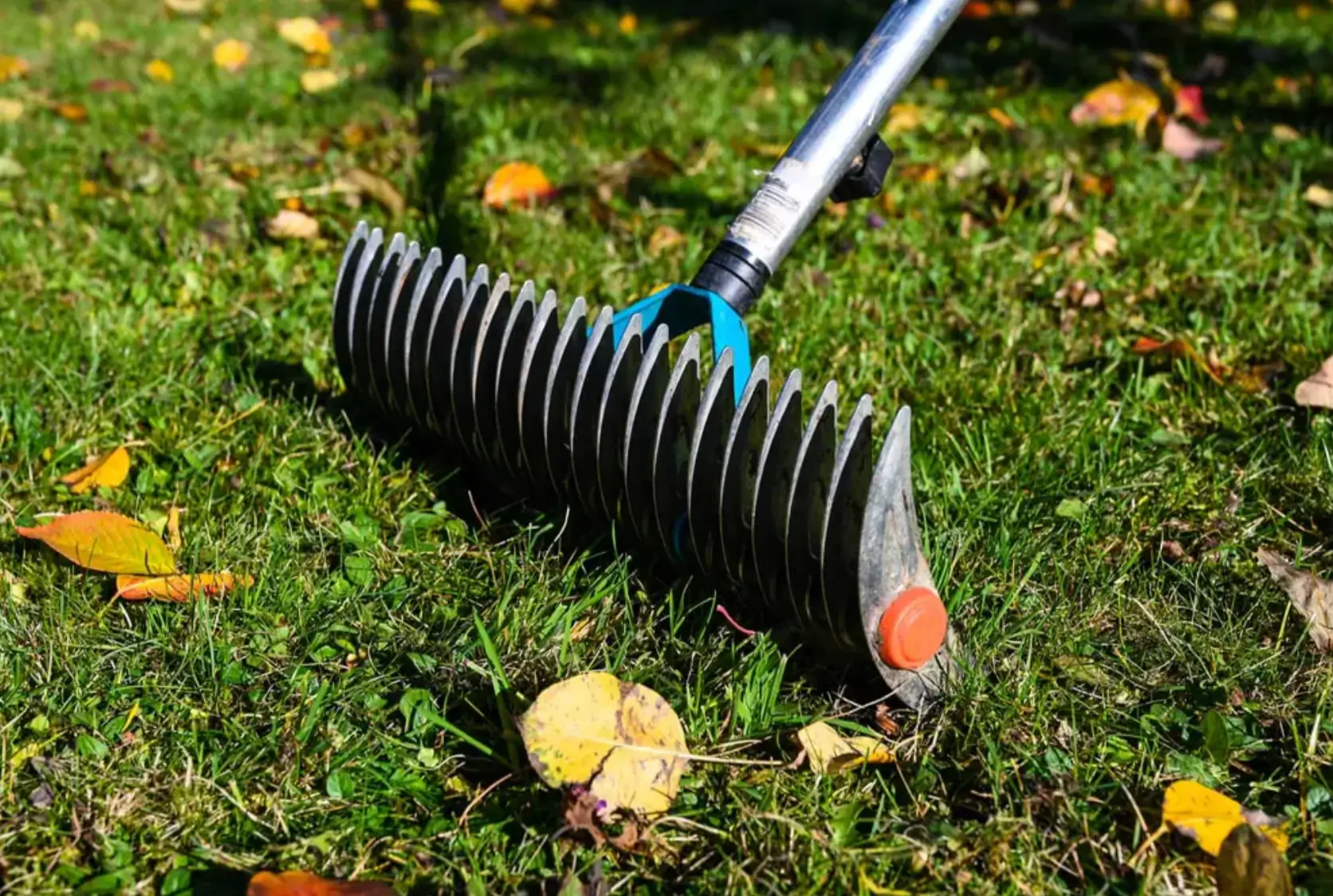
Lawn Care Tips & Maintenance
Victor Miller
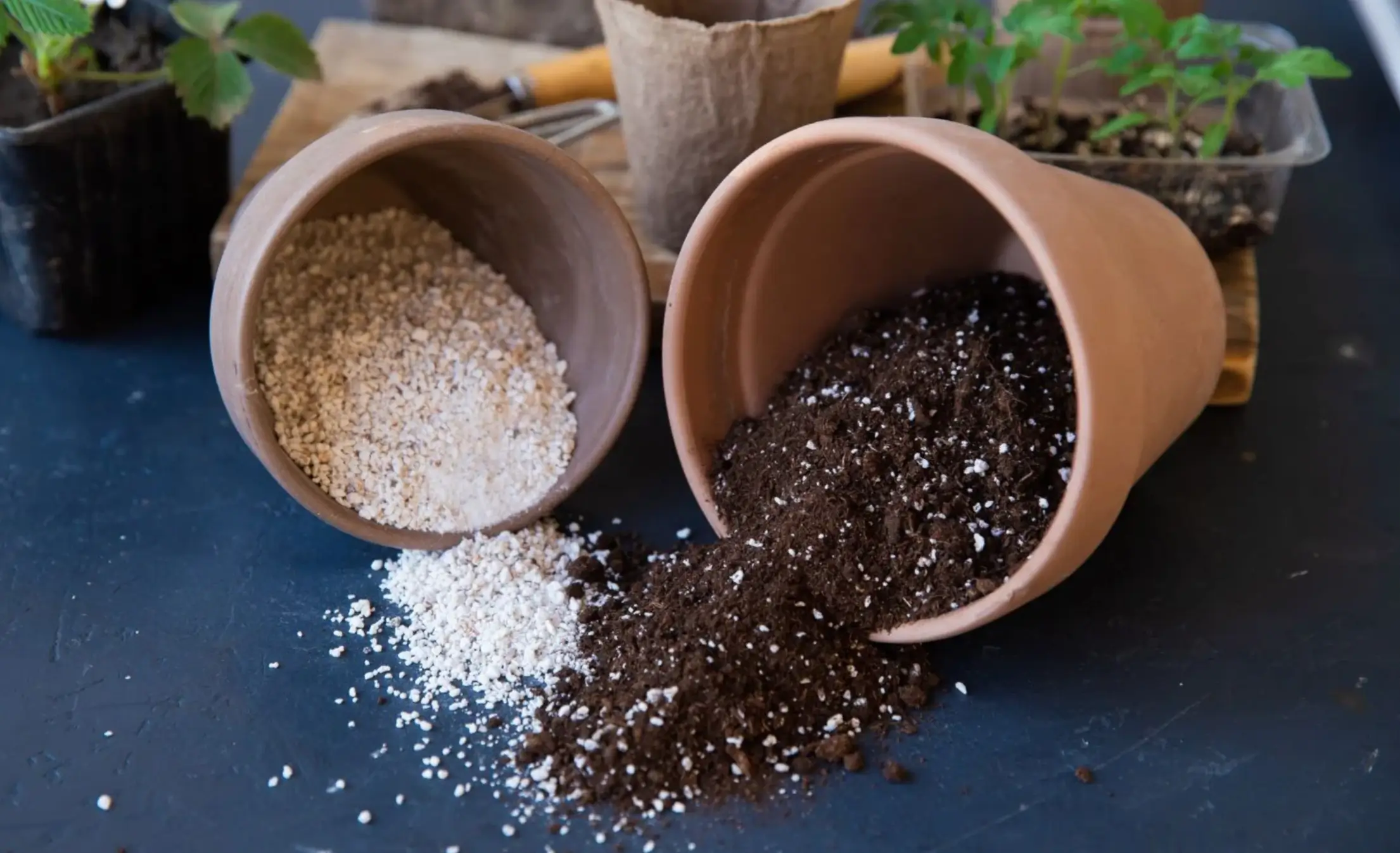
Soil Health & Fertilization
Victor Miller

Smart Irrigation Systems
Victor Miller
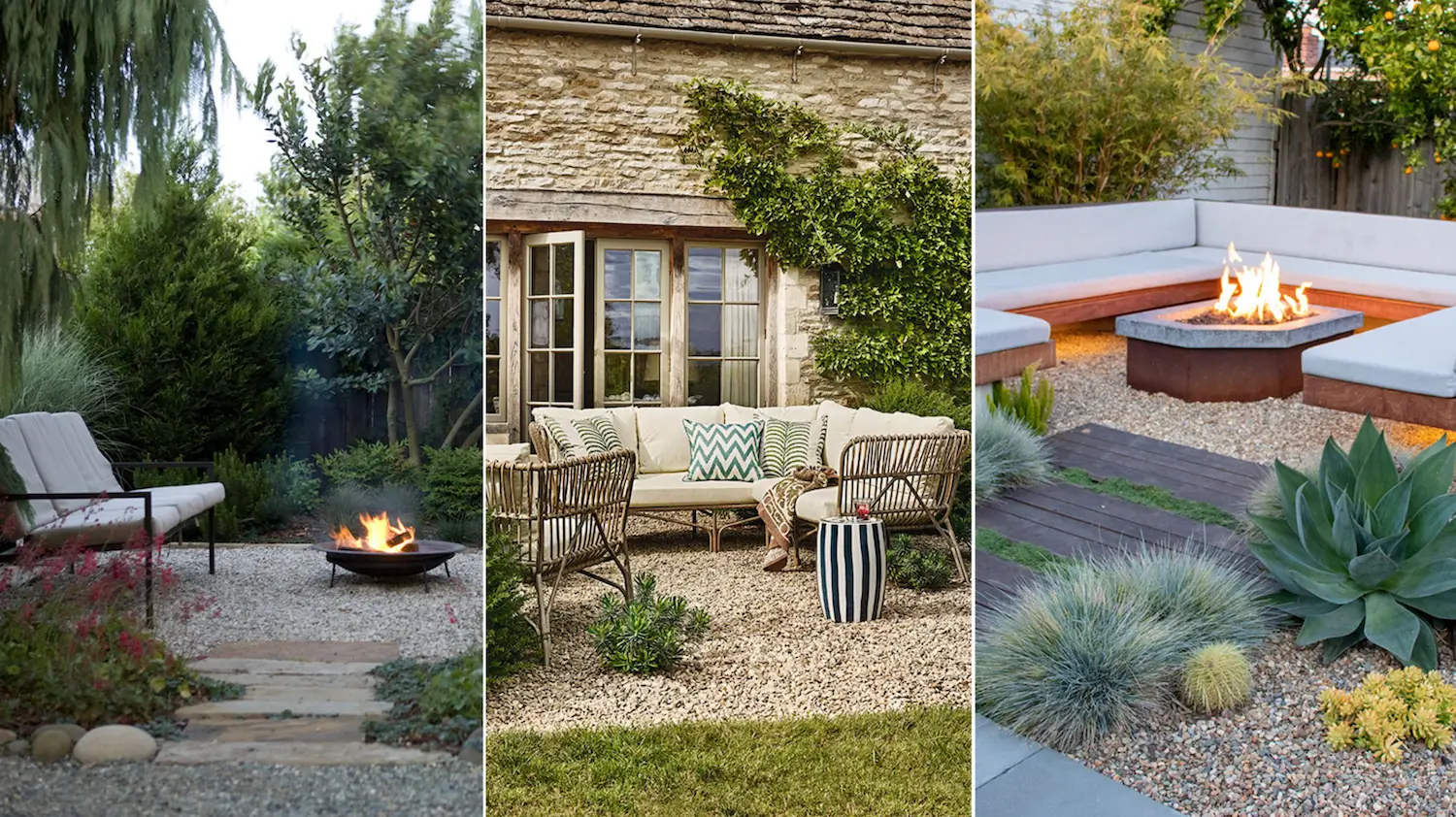
Patios, Walkways & Driveways
Victor Miller
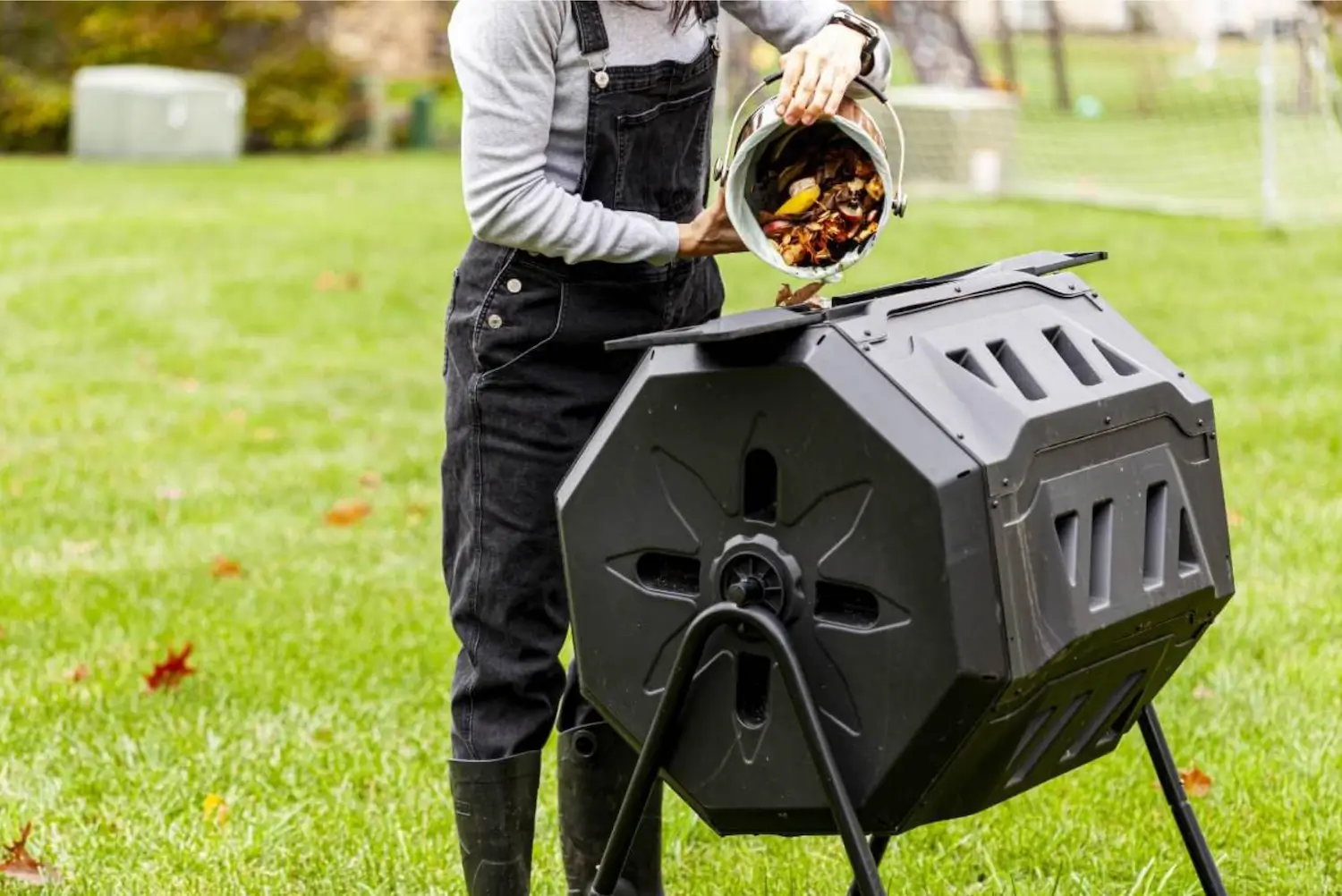
Soil Health & Fertilization
Victor Miller
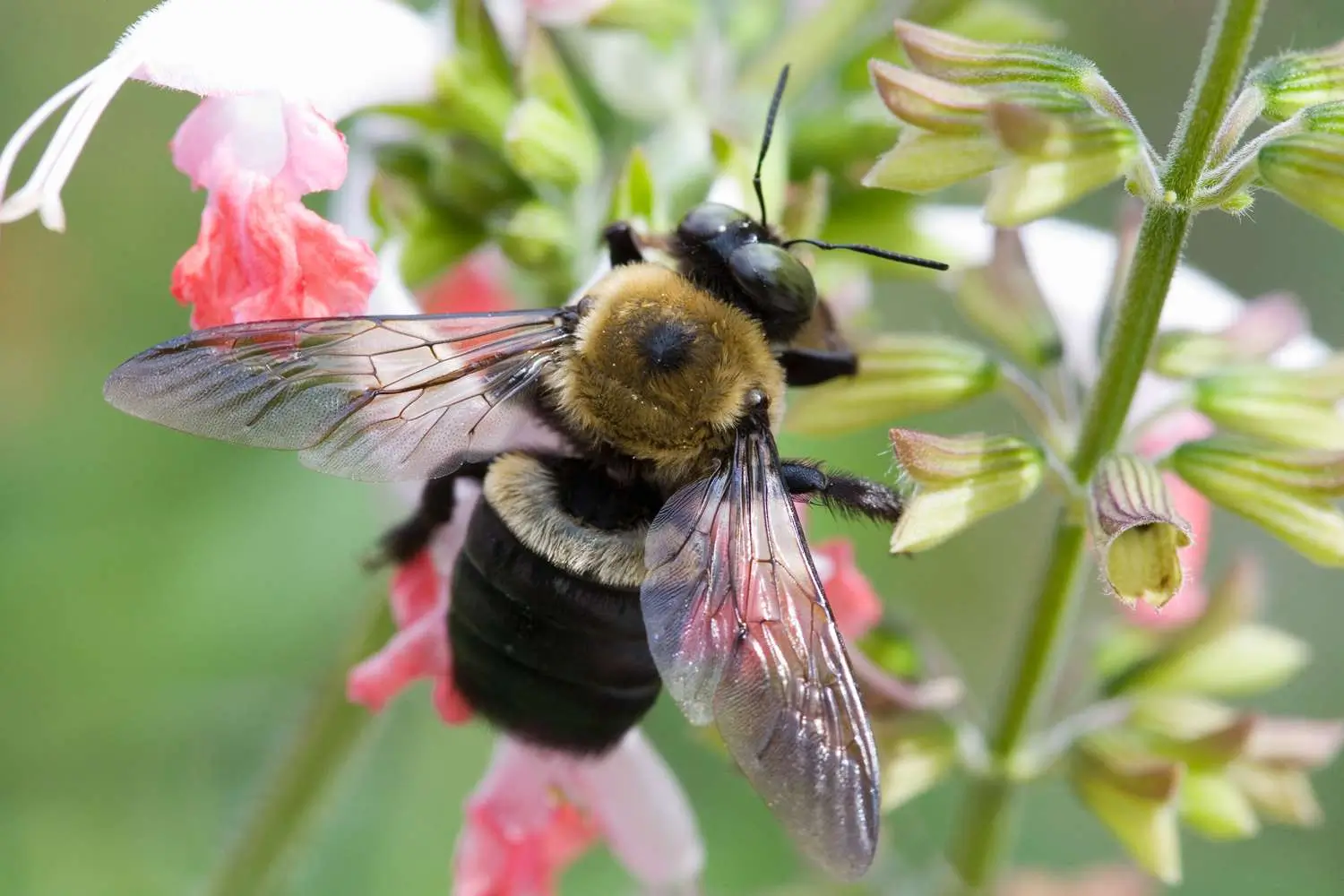
Pest Identification & Prevention
Victor Miller
My Account
Our team is always here to help.
We are open Monday - Friday, 9:00 AM to 4:30 PM PST.
